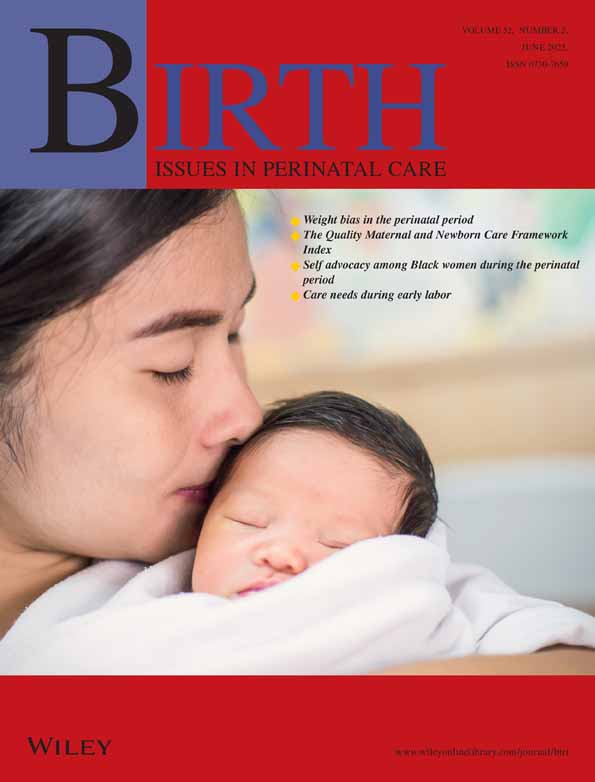Maternal Perceptions of Labor with Fetal Monitoring by Pulse Oximetry in a Research Setting
Abstract
Objective: Little research has evaluated maternal experience with fetal pulse oximety for fetal surveillance. The purpose of this study was to compare maternal perceptions of labor with intrapartal cardiotocography with or without fetal pulse oximetry in a research setting. Methods: One hundred women with vaginal, vertex deliveries and uncomplicated fetal outcomes were enrolled. The study group was a subset of 50 mothers who had participated in a pulse oximetry trial. The control group of 50 mothers was monitored by cardiotocography only. Both groups were matched for age, parity, weeks of gestation, epidural anesthesia use, and duration of labor. A global measure of maternal perception of labor was established by experience with labor, general attitude toward monitoring devices, satisfaction with monitoring, nursing and medical care, and anxiety, each of which was evaluated separately. The mothers in the study group were also interviewed about aspects related to the fetal pulse oximetry research setting, such as information, movement restriction, discomfort, care, privacy, and safety. The questionnaires were based on a standardized rating scale model, and the interviews were conducted two to four days after delivery. The results were analyzed by chi-squared, paired t test, and ANOVA.Results: No significant differences were observed between the study and control participants in any parameter concerning the maternal perception of labor. Mothers' experiences with pulse oximetry as assessed by interview was overwhelmingly positive. Conclusions: Fetal monitoring by pulse oximetry in a research setting did not affect maternal perceptions of labor. Mothers' experiences with pulse oximetry were highly positive, suggesting that research in fetal pulse oximetry need not compromise maternal perceptions of labor. (BIRTH 25:3 September 1998)
This study received financial support from the Austrian Science Foundation (Grant 9344-Med), Graz, Austria. 9344-Med




